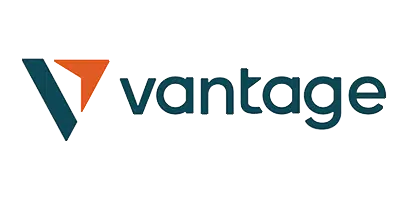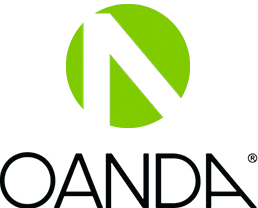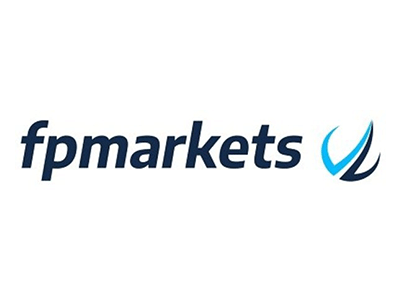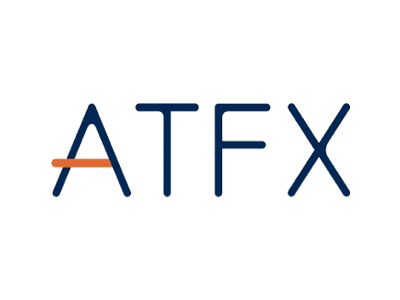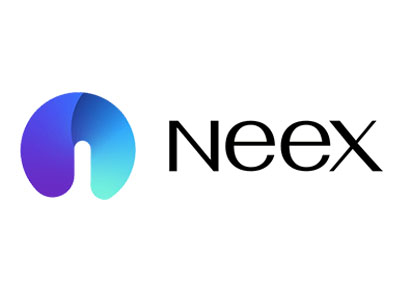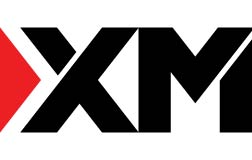IIROC - Investment Industry Regulatory Organization of Canada
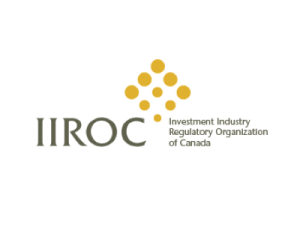
- Website: http://www.iiroc.ca/
- Founded: 2007
- Operated by: Self-regulatory Organization
- License Type: A
- Country: Canada
- Hotline: 1-877-442-4322
- Email: businessconduct@ciro.ca
Who is the IIROC?
Canada is not a popular venue for non-resident Forex traders due to its tough regulatory regime and very small number of Forex brokers.
Forex brokers in Canada are regulated by the Investment Industry Regulatory Organization of Canada (IIROC). Notably, IIROC is a non-profit, national self-regulatory organization which is established through the merger of the Investment Dealers Association of Canada (IDA) and Market Regulation Services Inc. (RS) on June 1, 2008.
The role of IIROC is to oversee all investment dealers and trading activity on debt and equity marketplaces in Canada.
The organization sets regulatory and investment industry standards and has quasi-judicial powers in that it holds enforcement hearings and has the power to suspend, fine and expel members and registered representatives, such as advisors. However, it has often been criticized by investor advocates as ineffective.
How does the IIROC regulate a forex broker?
1. Safety of Client Funds:
All fully paid or excess margin securities held by a Dealer Member for a client shall be segregated and identified as being held in trust for such client in accordance with the Rules. For the purposes of Rules 17.3, 17.3A and 17.3B, a client means any person who maintains an account with a Dealer Member.
2. Requirement on Forex Brokers’ Reports:
Transaction Reports; Annual Financial Statements (audited); Anti-money laundering Reports; Client Assets Reports; Position Reports.
How to check a broker is IIROC-regulated or not?
Generally speaking, IIROC-regulated broker profile will be found at the List of regulated dealer firms page on IIROC website. Try to find it and check if it will match the info from the broker website.
The detailed steps are as below:
1. Find the name of the forex broker, which you can get from the broker’s website;
2. Enter the broker’s name in the search bar on https://www.ciro.ca/office-investor/dealers-we-regulate ;

3. Forex (CFDs) CIRO Dealer Members are registered as Investment Dealers. They will show up when you search under “any” as well.
4. If all the above steps have been done, don’t forget to check the most important information: check if the broker details in the IIROC list matches the ones you’ll go to trade with, especially the website and email etc.
If no, please keep away the broker because it’s probably an unauthorized firm and your money will fall in danger.


How to solve disputes with a IIROC-regulated broker?
When you have disputes with a IIROC-regulated broker, you can proceed the following ways:
1st way: The recommended way is to contact the broker directly and discuss with them to find a solution.
2nd way: If the response was not what you were hoping for, you have the following options:
● Contact the IIROC. If the complaint falls outside of its jurisdiction, IIROC will advise you and provide relevant contact information for the appropriate regulator, where applicable.
You can either submit your written complaint via email to investorinquiries@iiroc.ca or via fax 1-888-497-6172.
Complaint Form: https://www.iiroc.ca/investors/makingacomplaint/Documents/ComplaintForm_en.pdf
● Contact the Ombudsman for Banking Services and Investments, which helps to resolve disputes between participating investment firms and investors.
You can submit an online complaint form: https://consumerportal.obsi.ca/public/inquiries/inquiry
● Québec residents can contact the Autorité des marchés financiers (AMF).
If you are not satisfied, you can ask the broker to have your complaint transferred to the AMF in Canada. To do so, complete the transfer form and send it to the broker. The broker will forward a copy of your file to the AMF in Canada.
Complaint Form: https://lautorite.qc.ca/fileadmin/lautorite/formulaires/grand-public/GP-plainte_formulaire-plainte-an.pdf
● Arbitration is available through ADR Chambers and in Québec through the Canadian Commercial Arbitration Centre.
3rd way: If the 2 ways above can’t solve the dispute, the last way is to issue a case to the court in Canada.



